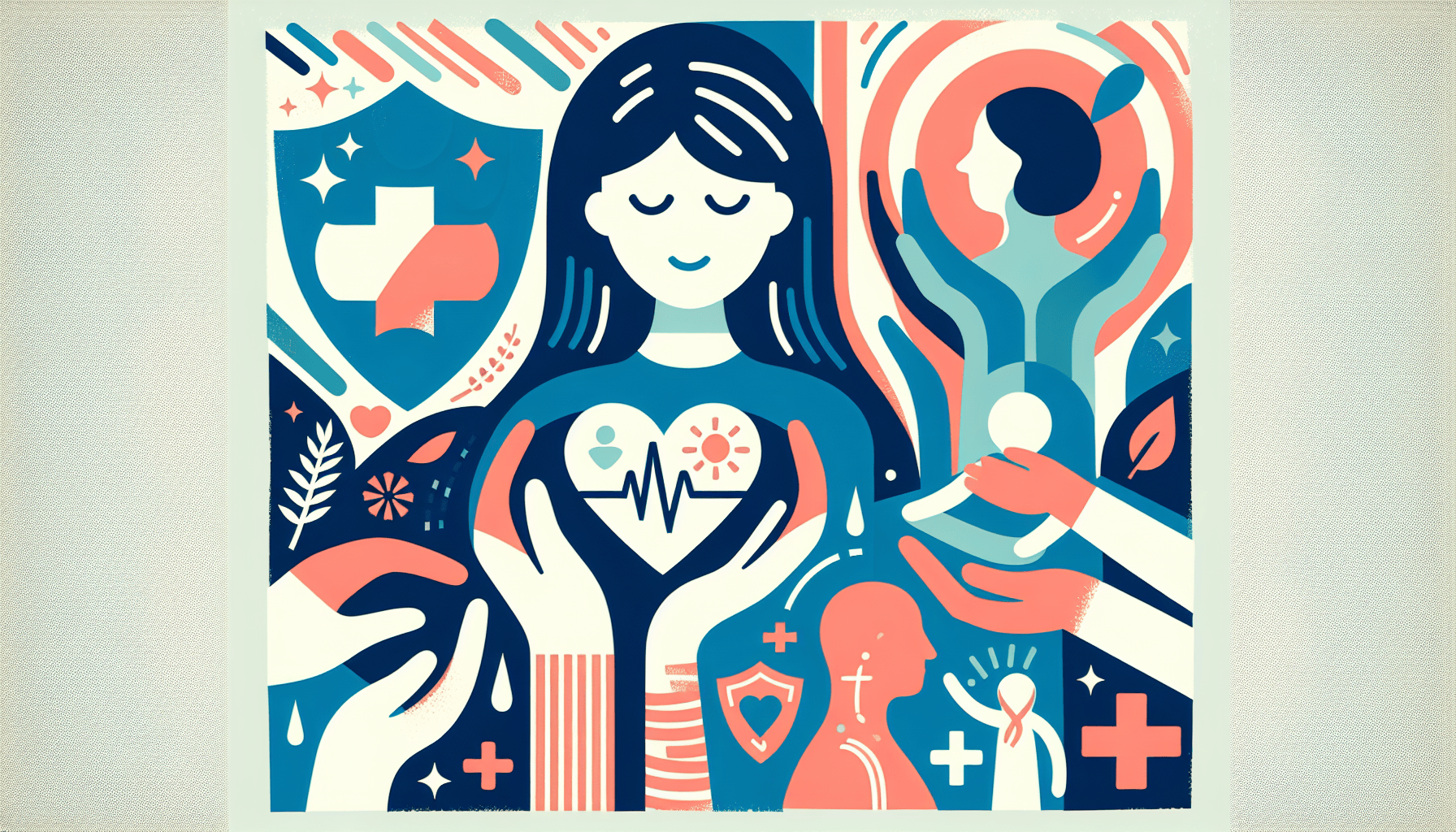Can I Take Zepbound a Day Early?
Key TakeawaysZepbound is a once-weekly injectable medication for weight management and obstructive sleep apnea (OSA) linked to obesity.Taking Zepbound a day early is [...]
Read More
Medically reviewed by Abhijit Bhattacharyya | MD, PhD, MBA, Tufts University School of Medicine - Miami, Florida on February 10th, 2024.
Epidermolysis bullosa (EB) is a rare genetic condition that causes the skin to be extremely fragile and prone to blistering at the slightest touch. Children born with this condition are often referred to as "Butterfly Children" because their skin is as delicate as a butterfly's wings. While mild forms of EB may improve over time, severe cases can be painful, lead to other serious health issues, and even be life-threatening. If you or someone you care for has EB, it's essential to understand the condition and provide special care to keep the skin as healthy as possible.
There are five main types of epidermolysis bullosa, each characterized by the location and severity of blistering:
Epidermolysis Bullosa Simplex: The most common type, which usually appears in newborns and primarily affects the palms of the hands and soles of the feet.
Junctional Epidermolysis Bullosa: A more severe form that appears in babies and causes blistering in the deep layers of the skin.
Dystrophic Epidermolysis Bullosa: Occurs when the skin lacks collagen or has collagen that doesn't function properly, leading to poor adhesion between skin layers. This type may not appear until early childhood.
Kindler Syndrome: A mixed condition that causes blisters across different skin layers and can lead to patchy changes in skin coloring when exposed to sunlight.
Epidermolysis Bullosa Acquisita: A form that causes blisters on the hands, feet, and mucous membranes, such as the mouth.
Most types of epidermolysis bullosa are inherited, meaning they run in families. If a person inherits certain gene mutations from their parents, they will develop the condition. The only exception is epidermolysis bullosa acquisita, which is not inherited but instead occurs due to an immune system problem.
The primary symptom of EB is painful skin blisters, which can form anywhere on the body. In some cases, blisters may also develop on the eyes or in the throat, stomach, or bladder. If these blisters become infected or scar the skin, they can lead to additional complications.
To diagnose epidermolysis bullosa, a doctor may take a small skin sample and send it to a lab for microscopic examination. Although there is no cure for EB, various treatments can help manage the condition.
For severe cases, wound care is similar to that of burn patients. Patients and caregivers must learn how to perform daily wound treatment, bandaging, and protection of affected areas. Doctors may also prescribe pain relief medication. In some instances, surgery may be necessary to separate fused fingers and toes or to widen a scarred esophagus to facilitate eating. If eating becomes too painful, a feeding tube may be recommended to deliver food directly to the stomach.

To help prevent blisters and manage EB, special skin care is crucial:
Reduce friction by using lotion to keep skin moist and choosing non-sticky dressings and loose-fitting clothes without tags, tight sleeves, or seams.
Drain blisters to prevent infection, following guidance from your doctor.
Keep cool by using room-temperature bath water and staying in air-conditioned environments, avoiding heat and humidity.
Watch for signs of infection, such as redness, heat, pus, yellow discharge, red streaks under the skin, fever, or chills. Contact your doctor immediately if you notice any of these symptoms, as antibiotics may be necessary.
Monitor your diet, as many people with EB have low levels of iron, selenium, or vitamin D. A nutritionist can help you plan a diet rich in these essential nutrients.
Seek support from your doctor, a trusted friend, therapist, or local support group to help cope with the emotional challenges of living with EB.
For more information and support, visit the following resources:
Dystrophic Epidermolysis Bullosa Research Association (DEBRA)
National Institute of Arthritis and Musculoskeletal and Skin Diseases (NIAMS)
By understanding epidermolysis bullosa and implementing proper care techniques, patients and caregivers can better manage this challenging condition and improve quality of life for those affected by EB.
Key TakeawaysZepbound is a once-weekly injectable medication for weight management and obstructive sleep apnea (OSA) linked to obesity.Taking Zepbound a day early is [...]
Read MoreKey TakeawaysZepbound is an FDA-approved medication for chronic weight management in adults with obesity or overweight, and for moderate to severe obstructive sleep apnea [...]
Read MoreKey TakeawaysZepbound is a once-weekly injectable medication that supports weight loss by activating hormone pathways regulating appetite and digestion.After the first dose, [...]
Read More